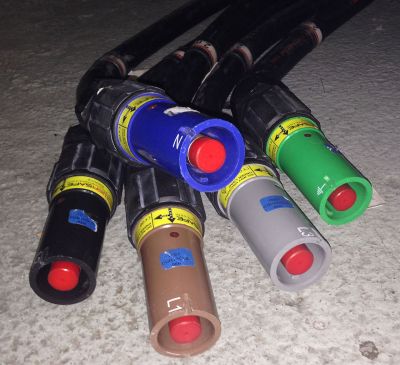Offshore wind energy and tidal energy are becoming increasingly
important parts of the world clean energy mix, with Europe being at the
forefront of energy market reform. However, submarine cables are the
main cause of the most frequent insurance claims against offshore wind
developments. Given that the conventional trenching machines originally
developed for oil and gas applications cannot penetrate the seabed,
current practice involves leaving submarine cables above it.
The EU-funded project
HEXATERRA is designing a modular system suited to existing trenching machines that prevents failure of unburied submarine cables. Possible threats include tidal forces, rock abrasion or snagging from fishing nets.
HEXATERRA's system is a bolt-on locomotion system for an underwater trenching machine that can move in all directions. The system automatically adapts to the terrain, keeping the trench cutting tool stable. Responding to sensor inputs, the machine distributes its weight evenly over the ground and seeks a support base for each of its six legs. Depending on ground irregularity, the machine operator can adjust both the machine ground clearance and the height of each step. It has exact step positioning and spot contact with the ground, with the ability to step over obstacles.
The user requirement and functional design specifications have been fundamental to the consortium understanding the needs of the underwater locomotion system and the human interface design.
Significant developments have taken place concerning the human-machine interface and the video overlay. Scientists focused on the relationship between the sensors on the remotely operated vehicle, the stepping platform and the user interface. This should help combine visual and sonar data, and develop a haptic feedback joystick.
Other project tasks have been to perform simulations for investigating the system's dynamic behaviour and developing various operation scenarios.
With its activities, HEXATERRA is helping maximise the reliability of renewable energy networks. Furthermore, it minimises the adverse impact of high-voltage cables on the surrounding marine environment and prevents a rise in water temperature.

